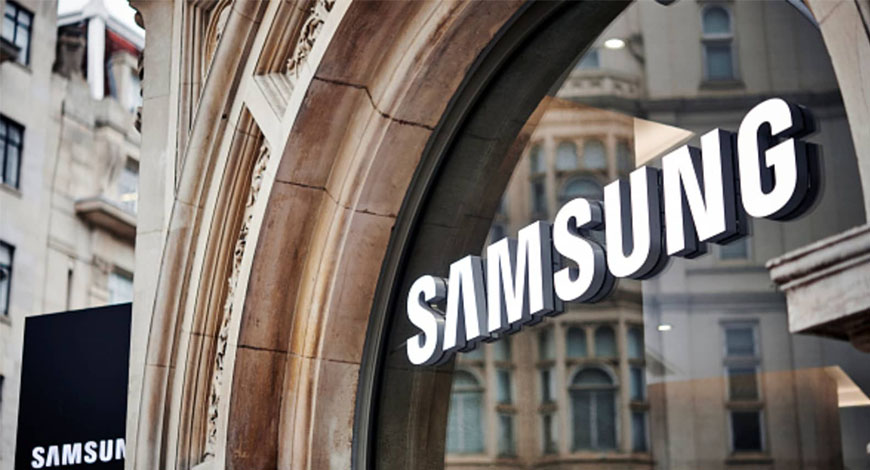South Korean electronics giant Samsung said Thursday it expects a gradual recovery in chip demand in the second half after recording a 95% drop in operating profit for the first quarter.
The company said its operating profit for the first quarter was $478 million (640 billion Korean won), a massive decline from the $10.5 billion recorded in the year-ago period. It was the lowest quarterly profit Samsung had recorded in 14 years. The South Korean tech giant said revenue for the quarter fell 10% to $47.6 billion compared to the same quarter last year.
The drop in profit was due to the weak demand in its memory chip business, a decline in utilization rates in the foundry business, and continued weak demand and inventory adjustments from customers, Samsung said in a statement.
Earlier this month, Samsung issued guidance saying it expected a quarterly profit of $448 million (600 billion Korean won) and a drop in sales to $48 billion, compared to $59 billion in the previous corresponding period due to a slowing global economy and declining demand after the easing of COVID-19 lockdowns.
The tech firm saw a quarter-on-quarter decline in its mobile panel business amid market contraction, while the large panel business marginally narrowed its losses. Meanwhile, the company’s device experience division posted improved results on the back of strong sales of the premium Galaxy S23 series.
Total capital expenditure for the quarter stood at $8 billion, including $7.3 billion for semiconductors and $224 million for displays.
Samsung said with the expectations of a gradual market recovery and a rebound in global demand in the second half, its device solutions division plans to focus on high-capacity server and mobile products.
The company’s memory business will respond to the growing demand for DDR5 and high-density modules for dynamic random access memory (DRAM), led by the launch of new computer processing units for servers and increased demand for artificial intelligence (AI), Samsung said in a statement.
The NAND flash memory business will strengthen supply operations for products that customers need by creating a mobile QLC market and expanding the supply of cutting-edge nodes such as V7 and V8.
The foundry business expects a slight quarter-to-quarter improvement in its earnings in the second quarter.










